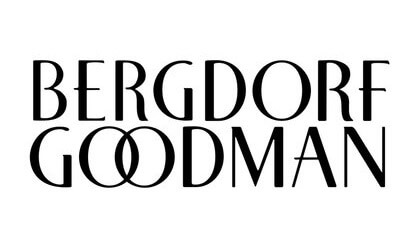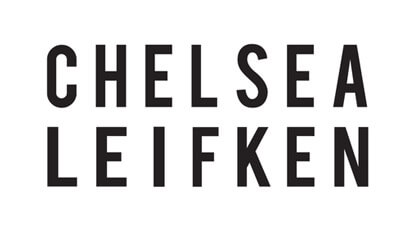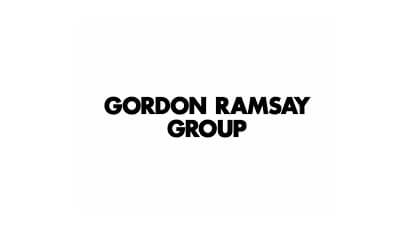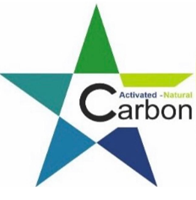Our Commitment to Quality
Quality Control Measures in the Manufacture of Coconut Shell Activated Carbon) (CSAC
Raw Material Quality Control | Activation Process Control |
Coconut Shell Charcoal Selection: Only high-quality charcoal produced from coconut shells with consistent density, low moisture content, and specified carbon content are selected, after incoming raw material testing | Temperature and Steam Pressure: Precise control of quantity, temperature and pressure of steam during the activation process is exercised to achieve designed pore structure and adsorption capacity |
Impurity Removal: Incoming Charcoal is checked and cleaned to remove foreign matter, stones, metals and other impurities. | Activation Time: The activation time is carefully monitored to ensure complete carbonization and pore development. |
Our Testing Process
- Particle Size: ASTM D2862 Sieve analysis is adopted to measure particle sizes in the US Mesh scale. Particle size has a direct effect on adsorption kinetics, flow characteristics, and filterability of the activated carbon.
- Ash Content ASTM D2866 The ash content is measure of the inert, amorphous, inorganic, and unusable part of the material.
Attrition AARL Material in a circuit is subject to vigorous agitation, leading to abrasion and inevitable production of carbon fines. This test is a measure of such loss of material.
- Moisture Content ASTM D2867 The moisture content is measured to ensure that the activated carbon is sufficiently dry for storage and transportation.
- Ball Pan Hardness ASTM D3802 This test is a measure of particle external integrity against wear. It is expressed as percentage particle size retained under a specified wear condition
- Platelets AARL method The AARL (Anglo American Research Laboratory) method is a procedure for measuring platelet content in activated carbon. It involves blending and drying a sample, assembling screens of different sizes, and weighing the portions retained or passing through each screen.
- pH Value ASTM D3838 The pH value of activated carbon is a measure of whether it is acidic or basic. Coconut shell based activated carbon is normally specified for a pH of 9 – 11.
- Apparent Density ASTM D2854 Sometimes called the bulk density of activated carbon, or volumetric density, it is defined as the mass of many particles of the activated carbon divided by the total volume they occupy.
- Carbon Tetrachloride (CTC) Activity ASTM D3467 This measures the loading of carbon tetrachloride, weight percent on carbon, at concentrations close to saturation in the air. The method is basically a measure of the pore volume of the activated carbon.
- Iodine Value (or “iodine number”) ASTM D4607 is an indication of the available surface area in m2/gram of virgin carbon. Although the Iodine Value







Policy
Lorem ipsum dolor sit amet, consectetur adipiscing elit. Ut elit tellus, luctus nec ullamcorper mattis, pulvinar dapibus leo.Lorem ipsum dolor sit amet, consectetur adipiscing elit. Ut elit tellus, luctus nec ullamcorper mattis, pulvinar dapibus leo.Lorem ipsum dolor sit amet, consectetur adipiscing elit. Ut elit tellus, luctus nec ullamcorper mattis, pulvinar dapibus leo.Lorem ipsum dolor sit amet, consectetur adipiscing elit. Ut elit tellus, luctus nec ullamcorper mattis, pulvinar dapibus leo.Lorem ipsum dolor sit amet, consectetur adipiscing elit. Ut elit tellus, luctus nec ullamcorper mattis, pulvinar dapibus leo.
Packing
Lorem Ipsum is simply dummy text of the printing and typesetting industry. Lorem Ipsum has been the industry’s standard dummy text ever since the 1500s, when an unknown printer took a galley of type and scrambled it to make a type specimen book. It has survived not only five centuries, but also the leap into electronic typesetting, remaining essentially unchanged. It was popularised in the 1960s with the release of Letraset sheets containing Lorem Ipsum passages, and more recently with desktop publishing software like Aldus PageMaker including versions of Lorem Ipsum















Sieving
The particle size distribution is determined using sieves to ensure that the activated carbon meets the required specifications for different applications.

Proper Packaging
The activated carbon is packaged in suitable containers to prevent contamination and ensure safe transportation.

Clear Labeling
Clear and accurate labeling is essential to provide information about the product, its specifications, and storage instructions.
By implementing these quality control measures, manufacturers can ensure that the produced CSAC meets the highest standards of quality and performance, making it suitable for a wide range of applications.
Particle Size Distribution
Sieving: The particle size distribution is determined using sieves to ensure that the activated carbon meets the required specifications for different applications.
Packaging and Labeling
Proper Packaging: The activated carbon is packaged in suitable containers to prevent contamination and ensure safe transportation.
Clear Labeling: Clear and accurate labeling is essential to provide information about the product, its specifications, and storage instructions.
By implementing these quality control measures, manufacturers can ensure that the produced CSAC meets the highest standards of quality and performance, making it suitable for a wide range of applications.
